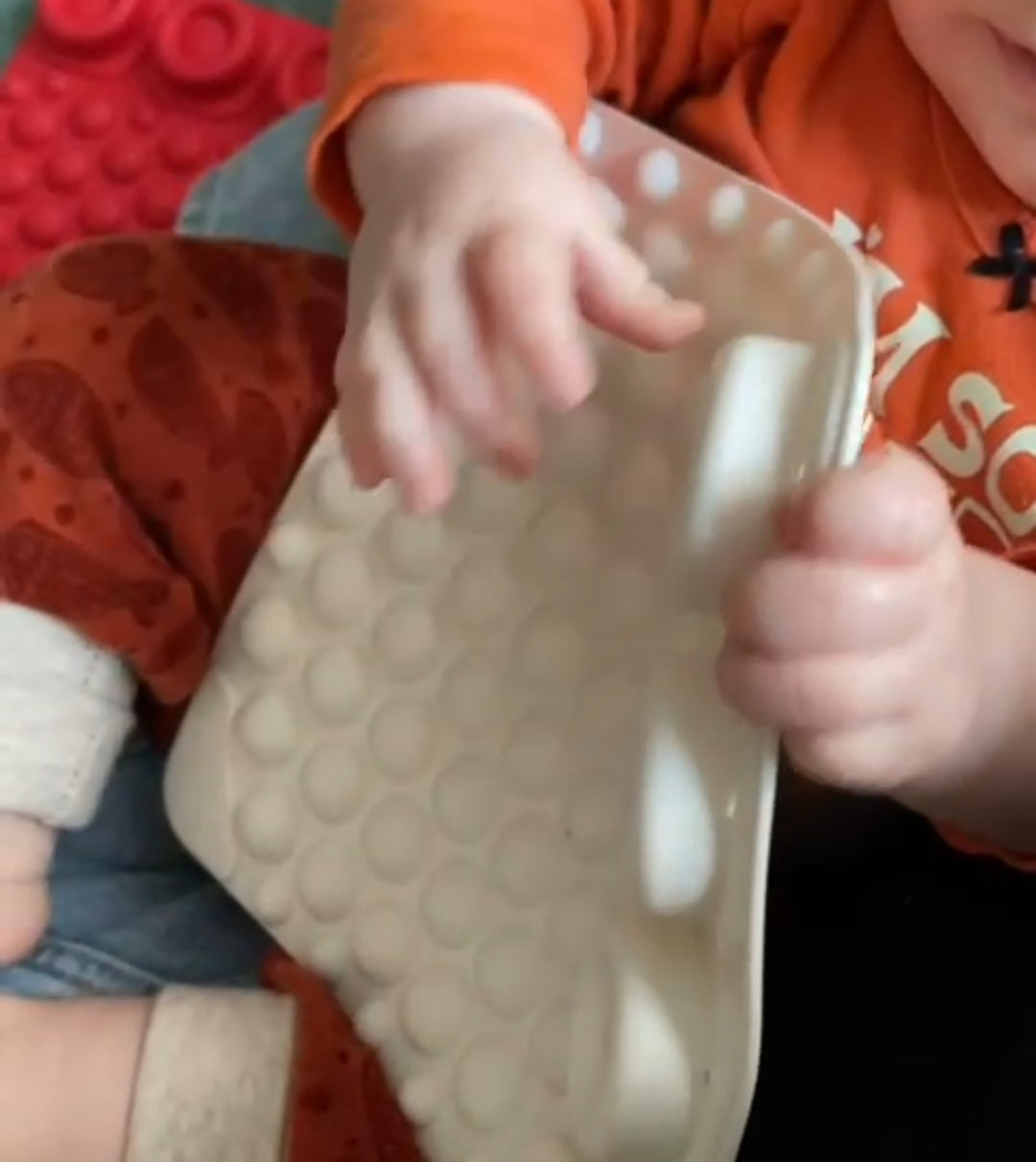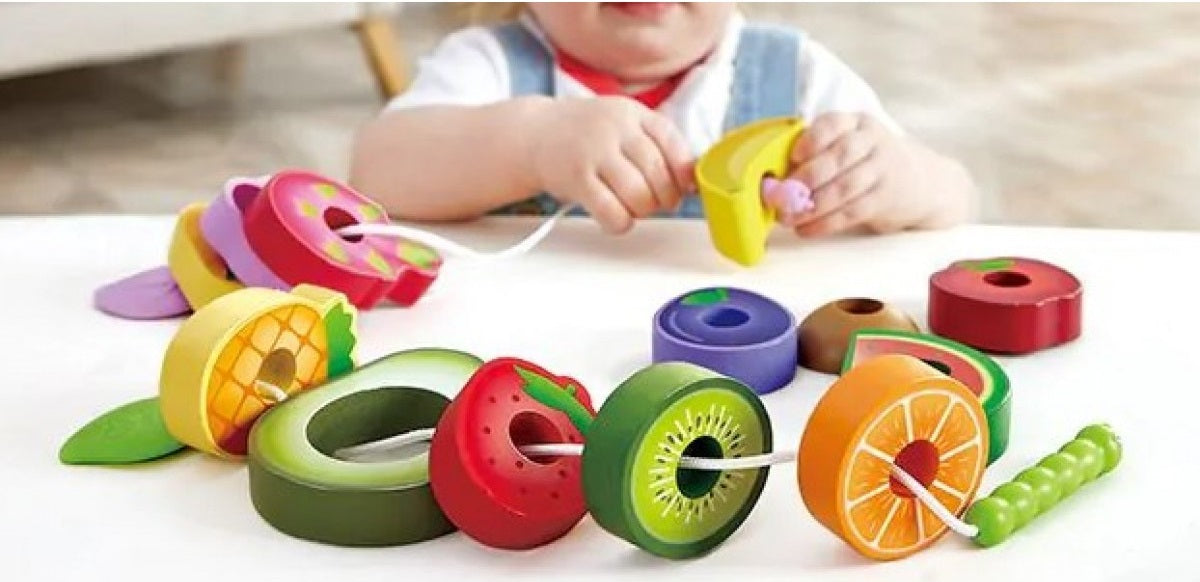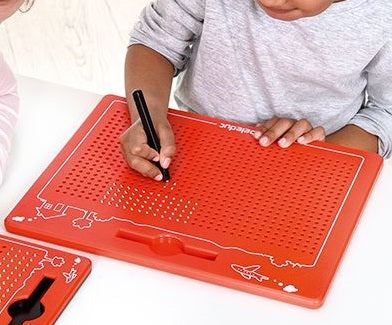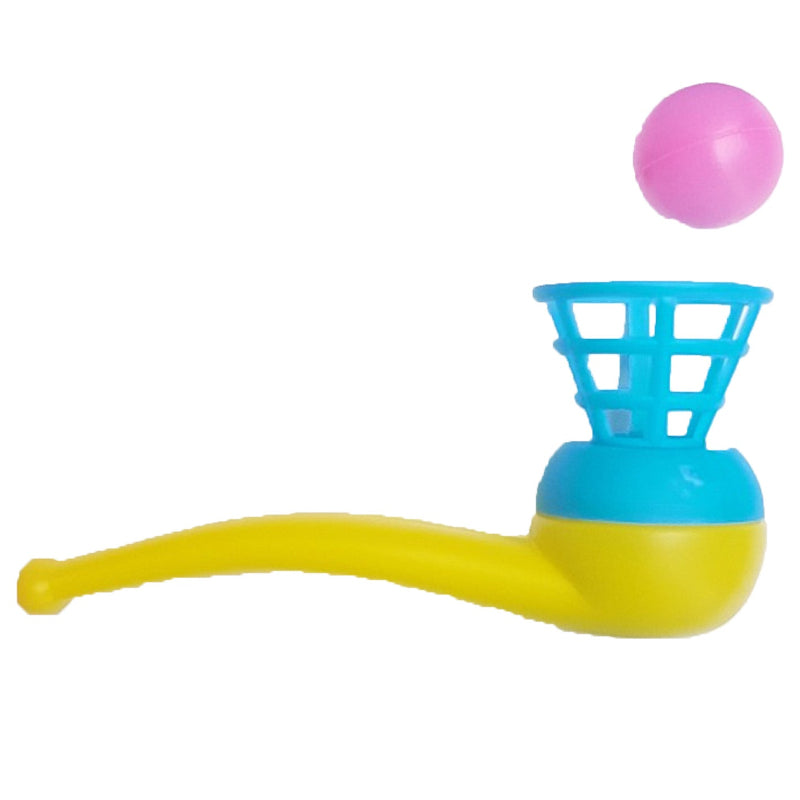

Baby development
When a baby is born, everything is new and he will learn and discover more and more. From about 12 weeks of age, babies start to become more and more interested in their environment and they also start to feel around them more and more with their arms and hands. Reaching and grasping begins to develop. While your baby is in the playpen, he or she feels around and accidentally bumps into something that may make a sound or feel very hard or soft. Your baby looks at it and wants to discover what it is. Or the other way around. Your baby sees something with a bright color (because babies see objects with a high contrast much better than, for example, pastel shades). His interest is aroused and he uses his arms and hands to try to grab the object to investigate it further. If your baby really wants to explore structures closely, he puts it in his mouth. That's where the strongest tactile sensors are located. He takes it out of his mouth again, looks at it, feels it again with his hands and puts it back in his mouth again. An endless game, but essential for the development and learning to recognize (and accept) structures.
Contrast and sensory for the youngest developmental age

Voorkeurskant
Als je baby veel naar dezelfde kant kijkt, gaat hij automatisch met die kant veel meer op ontdekking uit en er wordt meer gepakt en ontdekt. Automatisch wordt er dus meer geoefend met één zijde van het lichaam en al gauw lijkt het erop dat je kind links- of rechtshandig is. Maar dat is eigenlijk niet mogelijk en ook nog niet de bedoeling. Links- of rechtshandigheid heeft te maken met de samenwerking van de linker- en rechter hersenhelft en die ontwikkeling is meestal pas rond het 5e/6de jaar daar aan toe. Voor de motorische ontwikkeling is het van essentieel belang dat zowel de linkerkant als de rechterkant van het lichaam zich even goed ontwikkelen.
Two-handed play material for the youngest developmental age
Als de ontwikkeling anders verloopt
Maar stel dat er om de een of andere (medische) reden minder of moeizamer bewogen wordt met een zijde van het lichaam? Door als ouder de zijde die minder gebruikt wordt extra te stimuleren (door aanraking, interessant speelgoed, slim neerleggen of hangen van het speelgoed enz.) kan er toch een hele mooie ontwikkeling van de minder actieve zijde plaatsvinden. Het vraagt een beetje extra aandacht en afhankelijk van de reden zal het resultaat heel groot of wat kleiner zijn, maar er zal bijna altijd ontwikkeling mogelijk zijn.

Development of preferred hand, from 4 years
Up to the age of 4, children usually use the hand on the side of the action to be performed. If they want to do something on the other side of their body, they often transfer objects in front of the body to the other hand. Later they learn to cross the midline of the body and use their hands on both sides of the body. This is an important condition for developing a preferred hand. To encourage this, it is useful to offer toys that use both hands. In this way, your child will develop pushing, pulling, turning, stitching, stringing, etc. It is also nice if drawing material is available that fits well in the hand and supports learning to steer with the hands. By playing with both hands, a preferred hand usually develops around the age of five. The other hand then takes on a more supportive function. This is important, among other things, when writing to hold the paper, but also, for example, when turning paper around when cutting and when dressing. With a lot of practice, the movements will become smaller and more precise, the pen grip will become more relaxed and the movements will come more from the fingers. This is important for developing legible handwriting.
Vanaf 8 jaar
Vanaf een jaar of 8 krijgen beide handen steeds meer verschillende eigen en specifieke taken. Bijvoorbeeld bij het netjes leren eten met mes en vork, bij het sporten en bij het leren bespelen van een muziekinstrument. Kortom voor alle kinderen is het belangrijk om zich zoveel mogelijk symmetrisch te ontwikkelen om problemen op latere leeftijd te voorkomen. Voor advies of vragen over de motorische ontwikkeling kun je altijd contact opnemen met een kinderfysiotherapeut, kinderoefentherapeut of kinderergotherapeut.
Deze tekst is geschreven in samenwerking met:
Kinderfysiotherapie VenrayPraktijk en Beweegwereld; het portaal voor alle online communicatie tussen therapeut en cliënt.



















